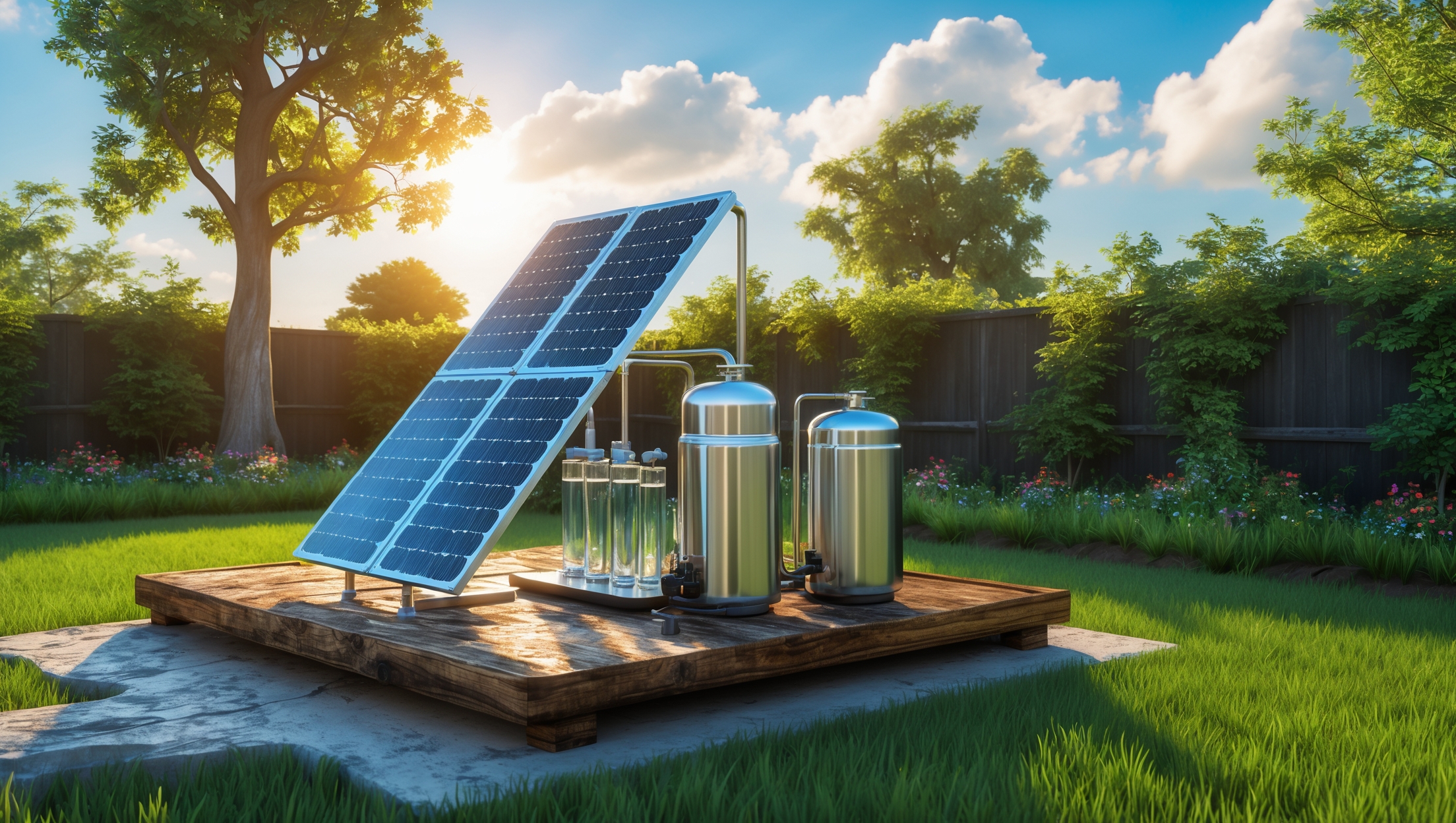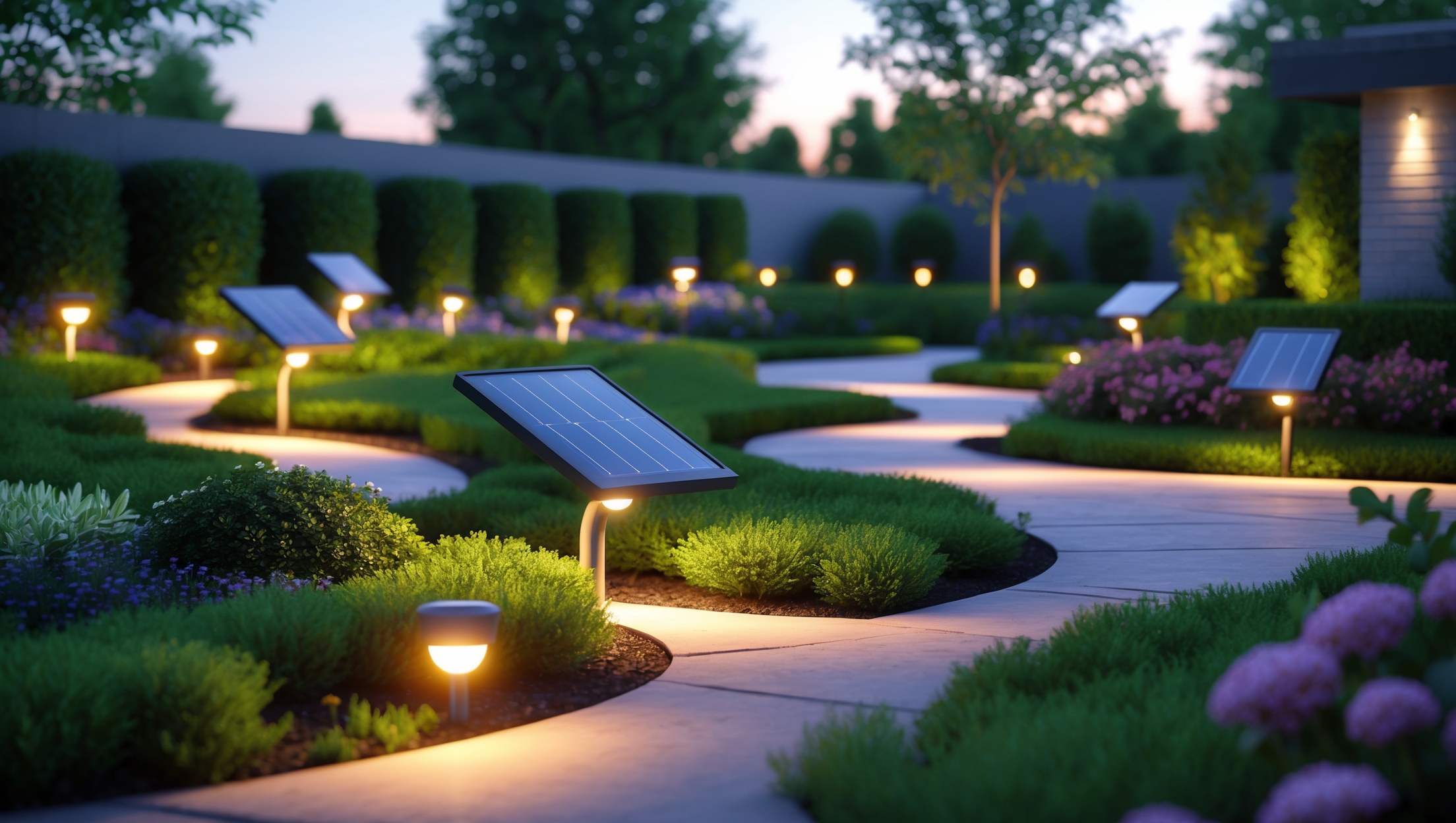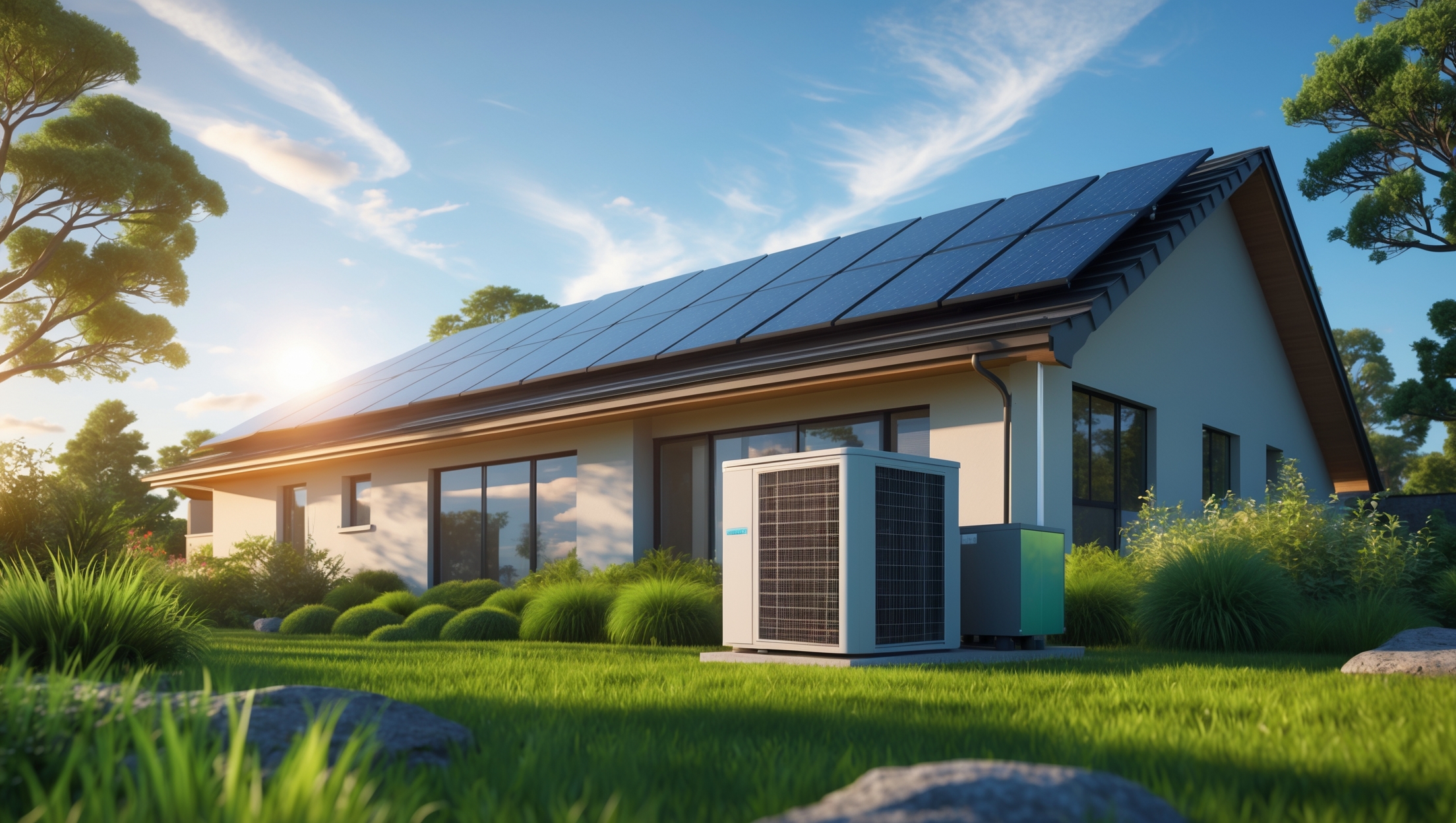Introduction: The Allure and Mystique of Micro-Hydro Power
Micro-hydro power has quietly gained a devoted following among sustainable living enthusiasts, off-grid homeowners, and eco-minded innovators. The idea of harnessing energy from a flowing stream or creek—right on your property—carries a certain romance. Unlike solar and wind, micro-hydro provides continuous generation (day and night, rain or shine), promising unparalleled reliability for those seeking true energy independence. However, for every inspiring story of a self-sufficient homestead powered by a babbling brook, there are dozens of misconceptions and myths that muddy the waters. These range from exaggerated claims about output and cost, to misunderstandings about environmental impact and regulatory hurdles.
If you’re curious about whether micro-hydro could be your next green technology investment, or if you’re navigating conflicting online advice, this post is for you. We’ll tackle the most persistent myths about micro-hydro power for off-grid homes, provide clear and practical facts, and help you make informed decisions. Drawing from the latest research, case studies, and real-world installations, we’ll give you the tools you need to separate fact from fiction and assess if micro-hydro is right for your sustainable living journey.
Myth 1: “You Need a Huge River to Generate Any Useful Power”
Understanding Flow and Head
The most common myth is that only a large, fast-flowing river can provide enough energy for micro-hydro generation. In reality, it’s not the size of the water body, but the combination of flow (volume of water) and head (vertical drop) that determines power output. Even a modest stream with a significant drop can produce surprisingly useful energy.
- Flow: Measured in liters per second (l/s) or gallons per minute (gpm). Even 10-20 l/s can be enough for a small setup.
- Head: The vertical distance the water falls, usually measured in meters or feet. A 10-meter head with modest flow can outperform a large river with little drop.
Micro-hydro sites with as little as 2-3 liters/sec and a 5-meter head can generate 50–100 watts continuously—enough to offset a refrigerator or multiple LED lights, 24/7. Larger heads and flows scale up this output dramatically.
Myth 2: “Micro-Hydro Is Always Expensive and Complicated”
Cost Breakdown and Realistic Budgeting
While micro-hydro systems can be a significant upfront investment, the costs are highly variable and often misunderstood. Here’s a practical breakdown:
- Site Assessment: Can often be done yourself with basic measuring tools and online calculators.
- Turbine & Generator: Entry-level systems can start as low as $1,000–$2,500 for small off-grid applications, while more robust setups may cost $5,000–$15,000.
- Intake, Penstock, and Civil Works: This is often the largest variable. DIY installations using local materials may keep costs under $2,000, while professional installs or complex sites can run higher.
- Electrical Components (inverter, wiring, batteries): $1,500–$5,000 depending on system size and battery storage needs.
Compared to solar and wind, the cost-per-watt for micro-hydro (over decades of use) is often lower due to continuous output and minimal maintenance. Many installations pay back in 2–7 years, especially where grid power is unavailable or costly to connect.
Myth 3: “Micro-Hydro Is Only for the Technically Gifted”
DIY Potential and Available Support
While early micro-hydro pioneers had to be tinkerers and engineers, today’s technology is far more accessible. Many manufacturers offer plug-and-play systems with detailed guides. Key steps—such as site assessment, basic plumbing, and system monitoring—are within the reach of determined DIYers. Furthermore, online communities, local installers, and cooperative extension agencies provide guidance for troubleshooting and system optimization.
For advanced installations (e.g., grid-tied, high-voltage, or large systems), professional help is advisable. However, most off-grid homeowners find they can manage installation and maintenance with basic mechanical and electrical skills, supported by reliable resources.
Myth 4: “Micro-Hydro Harms the Environment”
Low Impact When Done Right
Concerns about fish habitats, stream health, and ecosystem disruption are valid—but modern micro-hydro systems, when properly designed, have minimal impact. Key best practices include:
- Run-of-River Design: Most micro-hydro systems divert only a portion of the water and return it downstream, maintaining natural flow and minimizing habitat disruption.
- Fish-Friendly Intakes: Screens and bypasses protect aquatic life.
- Seasonal Flow Adjustments: Systems can be designed to reduce abstraction during low water periods, protecting stream ecology.
Regulatory agencies typically require environmental assessments and permits, ensuring systems are sited and operated responsibly. Many installations become showcases for harmonious coexistence with nature, even enhancing local biodiversity by maintaining riparian zones and monitoring water quality.
Myth 5: “Maintenance Is a Constant Headache”
Reality of Upkeep and Longevity
Micro-hydro systems are among the lowest-maintenance renewable energy options. Because they lack moving parts exposed to weather (like wind turbines) or large surface areas (like solar panels), they require little day-to-day attention. Typical maintenance tasks include:
- Clearing intake screens of debris (every few weeks, more often during fall or after storms).
- Inspecting penstock and turbine for leaks or wear (seasonally).
- Occasional lubrication or bearing checks (annually).
High-quality turbines and generators regularly exceed 20 years of service, and some components (like penstocks) last even longer when properly installed. Remote monitoring sensors and off-the-shelf parts make repairs straightforward.
Myth 6: “Micro-Hydro Only Works in the Rainy Season”
Year-Round Power Potential
This myth comes from confusing large-scale hydro (which can be affected by drought) with micro-hydro. Most micro-hydro sites with perennial streams provide year-round generation, particularly in mountainous or forested regions with consistent rainfall or snowmelt. While output may dip during late summer or droughts, systems are typically sized with seasonal minimum flows in mind—and can be supplemented with solar or battery storage if needed.
Proper site assessment and seasonal monitoring are key. Some systems even feature automated flow-diversion to protect both the stream and the generator during low or high water events.
Myth 7: “You Can Easily Power an Entire Modern Home—No Problem”
Realistic Output and Sizing
While micro-hydro provides continuous energy, total output depends strictly on site characteristics. A small setup may generate 200–500 watts, which continuously supplies 4,800–12,000 watt-hours daily. This is often enough for efficient lighting, refrigeration, electronics, and modest appliance use. However, running electric stoves, large HVAC systems, or multiple high-draw devices may not be feasible without a substantial flow and head.
Successful off-grid micro-hydro users typically combine the system with energy-efficient appliances, LED lighting, and supplemental solar or wind power. Prioritize loads, invest in a good battery bank, and monitor your usage for the best results.
Myth 8: “Permitting Is Nearly Impossible”
Compliance, Permits, and Navigating Regulations
Permitting processes vary by country, state, and even municipality. While some locations do have strict rules, most small-scale, off-grid micro-hydro projects are covered by streamlined permitting, especially if they use run-of-river designs and demonstrate environmental stewardship. Typical requirements include:
- Water rights documentation.
- Environmental impact assessment or exemption.
- Fish and wildlife agency approvals.
- Electrical safety inspections.
Engaging local authorities early, using pre-approved equipment, and documenting your site’s minimal impact will smooth the process. Many agencies welcome small-scale, sustainable projects—especially when they benefit isolated communities or reduce fossil fuel use. Joining local watershed councils or renewable energy groups can provide extra support.
Myth 9: “Micro-Hydro Is Obsolete Compared to Solar and Wind”
The Unique Role of Micro-Hydro in the Renewable Mix
While solar and wind technology has advanced rapidly, micro-hydro retains unique advantages:
- Continuous Power: Provides steady output 24/7, reducing the need for large battery banks.
- High Capacity Factor: Often 50–80%, compared to 10–25% for solar and wind.
- Low Visual Impact: Discreet installations blend into natural surroundings.
- Longevity: Turbines and civil works can last decades with minimal replacement.
Hybrid systems that combine micro-hydro with solar and wind offer the most robust and resilient off-grid setups, leveraging each technology’s strengths. Far from obsolete, micro-hydro is a vital option wherever the right site exists.
Myth 10: “Micro-Hydro Can’t Be Upgraded or Scaled”
Modularity and Future-Proofing
Another misconception is that once installed, micro-hydro systems can’t be expanded. In truth, many designs are modular:
- Additional turbines can be added in parallel for increased output.
- Penstock and intake improvements can boost flow and efficiency.
- Modern controllers and battery banks allow for easy integration with new loads or other renewables.
Planning for future upgrades—by oversizing civil works or selecting scalable equipment—ensures your system can grow with your needs.
Frequently Asked Questions About Micro-Hydro for Off-Grid Homes
What do I need to get started?
At minimum, you’ll need a reliable water source with measurable head and flow, access for installation, and the ability to secure necessary permits. Many suppliers offer site assessment checklists and free online calculators.
How do I measure my stream’s flow and head?
For flow: use a bucket and stopwatch to measure how long it takes to fill a known volume, then calculate liters per second. For head: use a hose, builder’s level, or GPS altimeter to measure vertical drop between intake and turbine site.
What maintenance should I expect?
Expect to clear intake screens regularly, check for leaks or debris, and perform annual inspections. Most components are durable and require little intervention.
Can micro-hydro work with solar or wind systems?
Absolutely. Hybrid systems are common, using micro-hydro for baseline power and solar/wind for supplemental or peak loads.
Conclusion: Micro-Hydro’s Real Potential for Sustainable, Off-Grid Living
Micro-hydro power isn’t for everyone, but for those with an appropriate site, it offers one of the most reliable, low-maintenance, and cost-effective paths to energy independence. Debunking the persistent myths outlined above reveals a technology that is accessible, environmentally friendly, and enduring. Modern micro-hydro systems are neither mysterious nor out of reach for most off-grid homeowners—they are increasingly turn-key, supported by robust communities, and adaptable to evolving energy needs.
The keys to success are realistic site assessment, thoughtful system design, and careful attention to regulatory and environmental stewardship. By understanding the real facts about micro-hydro, you can determine if it’s the missing piece in your sustainability puzzle. Whether you’re powering a remote homestead, reducing dependence on fossil fuels, or simply exploring new frontiers in green technology, micro-hydro deserves a fresh look—free from outdated misconceptions.
As the world moves toward decentralized, renewable energy, micro-hydro stands out as a quiet but powerful solution for those ready to harness the forces of nature on their own land. Evaluate your stream, connect with experts, and take the next step toward a resilient, sustainable future. The water is flowing—what will you do with it?





You mentioned that both flow and head are important for micro-hydro setups, not just the size of the stream. How can someone accurately measure or estimate the head and flow on a potential site to know if it’s worth considering?
To measure head, use a tape measure and a level or a smartphone app to find the vertical drop between where water enters and exits your planned system. For flow, you can dam a section of the stream, divert it into a container, and time how long it takes to fill (for example, seconds per liter). Multiply the container size by 60 and divide by the seconds to get liters per minute. These basic methods give a good initial estimate.